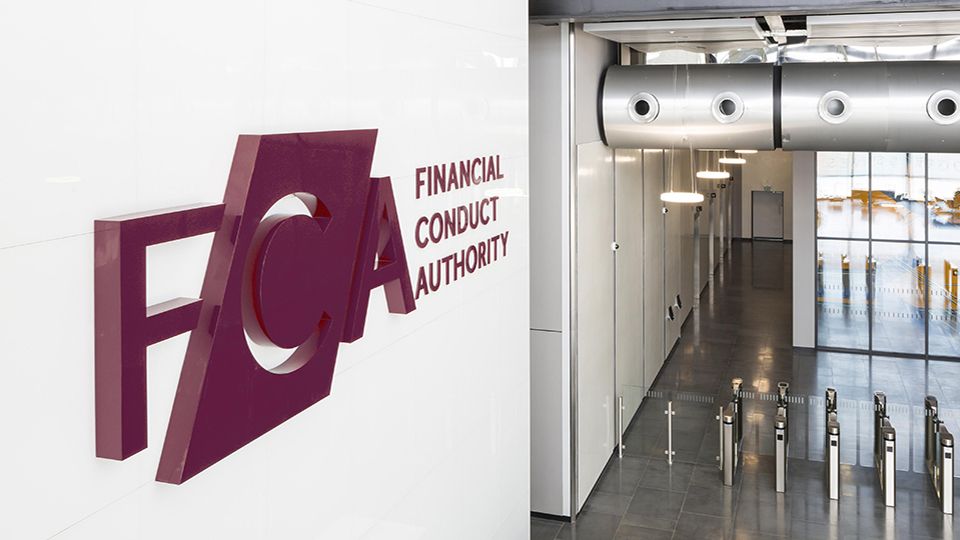The Financial Conduct Authority has released a document highlighting pre-contractual disclosure examples for firms intending to apply fund labels under the Sustainable Disclosure Requirements (SDR) regime.
At SRI Services’ recent Good Money Week conference, fund group representatives shared the “back and forth” experience of applying for fund labels under SDR, describing how it has been extremely challenging to come up with the right disclosures – while at the same time not needing to change funds’ philosophies and processes.
Panellist Therese Niklasson, global head of sustainable investment at Newton Investment Management, said it had been “tricky” going “back and forth with the regulator”, with difficulties seeing the goalposts the FCA had set out.
This latest guidance appears to be a response to such criticisms, with the FCA stating that SDR and investment labels are “a new regime without precedent, and so, naturally, market practice is still evolving”.
For both the ‘Sustainability Improvers’ and ‘Sustainability Focus‘ labels, the FCA included three separate examples of good practice in terms of stating the fund objective, the link between objective and outcomes, investment criteria, and policies and procedures to monitor performance.
The examples they give “are based on our [the FCA’s] experience of applications to date and are non-exhaustive but are intended to aid applicants as they prepare their documentation”. Additionally, the publication notes that many of the observations are relevant across all labels, not just the two it highlights.
The FCA also included examples of poor disclosure practices that do not meet the SDR requirements, such as disclosing an asset selection process that does not link to the specified sustainability objective and aim of the product; no explanation and evidence as to why the scoring or threshold is appropriate for defining sustainability; and failure to disclose a manager override for asset selection where it exists.
Additionally, specifically for the ‘Sustainability Improvers’ label, this includes failure to disclose the types of evidence the manager relies upon to satisfy itself that assets have the potential to meet the robust, evidence-based standard; and short-term and medium-term targets missing or inconsistent with the long-term horizon over which the assets are expected to meet the standard of sustainability.
Reacting to the release, UKSIF’s CEO, James Alexander, said this should prove useful to firms creating these products: “We welcome the FCA’s publication of examples of good practice as firms seek to secure approval to use sustainable investment labels. UKSIF has consistently called for further guidance and clear examples of best-practice on certain aspects of the Sustainable Disclosure Requirements, including the labels, and we are pleased to see this confirmed by FCA.
“We hope to see the regulator build on this over time, including providing more detail on where firms may be falling short in their fund disclosures. We remain confident that in time the SDR can give retail investors greater confidence in their investment decisions on sustainability, while helping reinforce the UK’s position as a global leader in green and sustainable finance.”
Sustainable finance specialist, Rebecca Kowalski, also welcomed “any practical guidance that can help with the speed and efficacy with which SDR and the labels can become a force for positive change”.
“We have waited so long, and there have been many twists and turns. But it concerns me that regulation can cause people to wait until we have the consultation, or the final policy, or the interpretation, and then let that bed in. There really isn’t any time to wait.”








